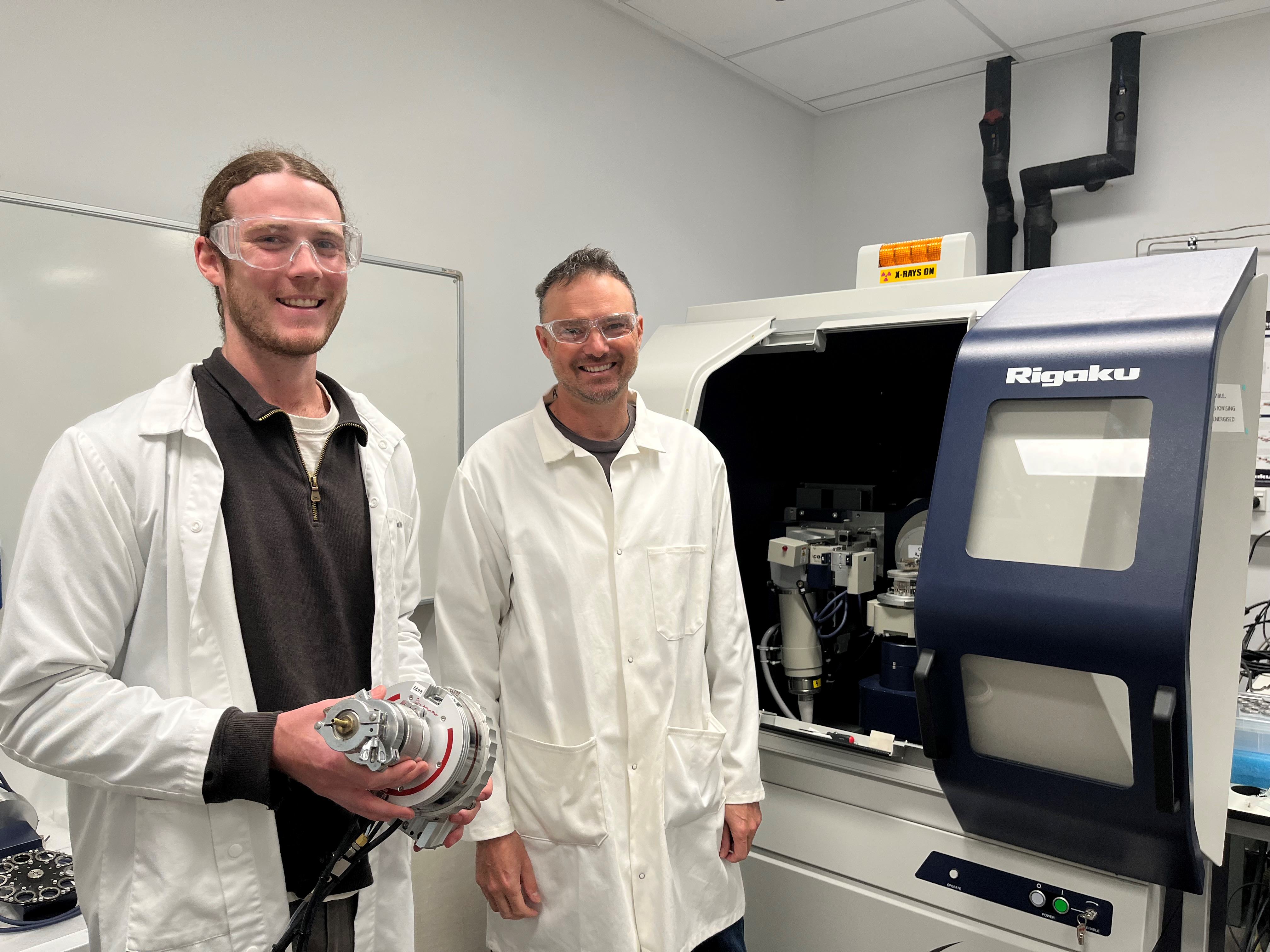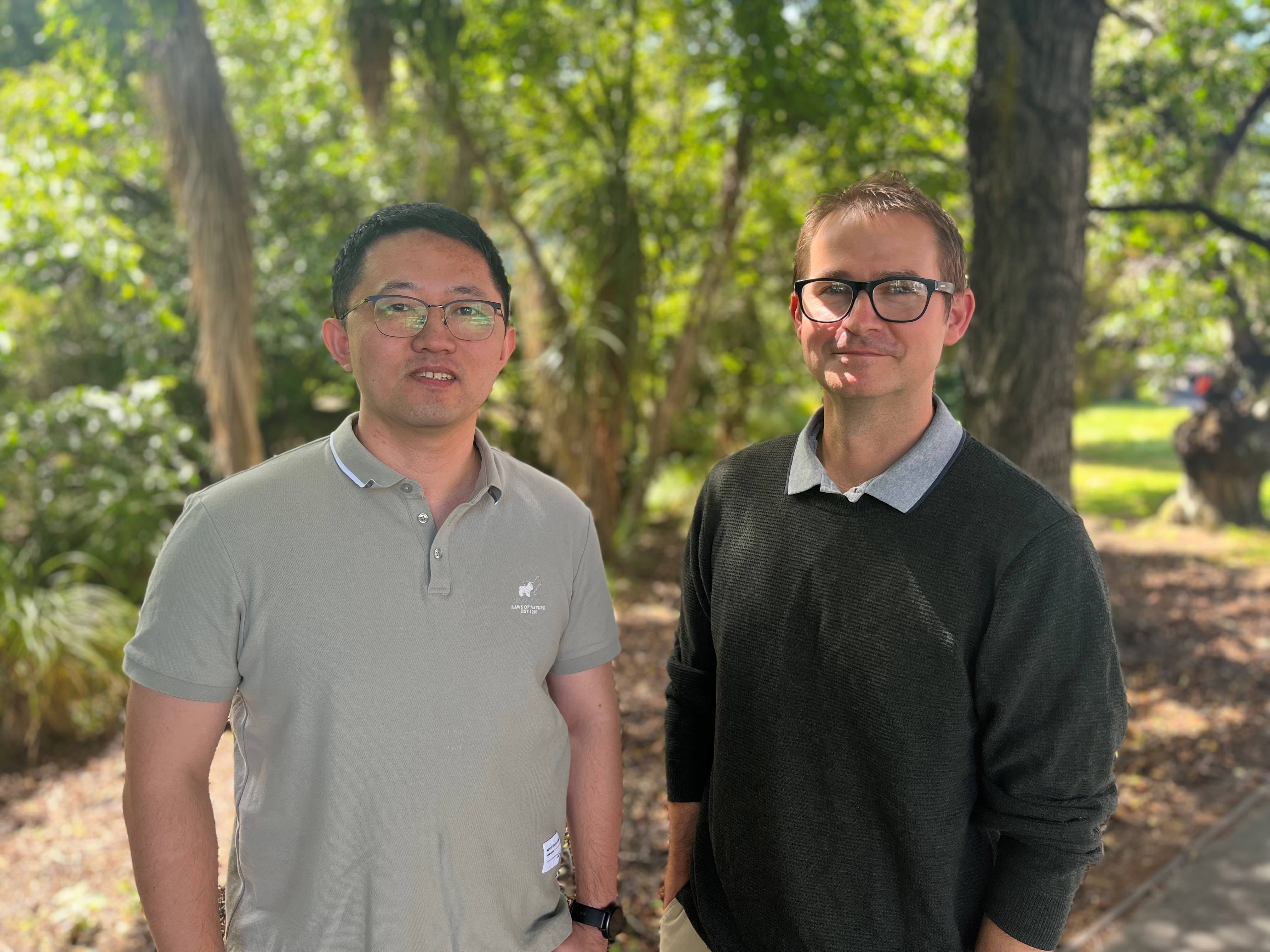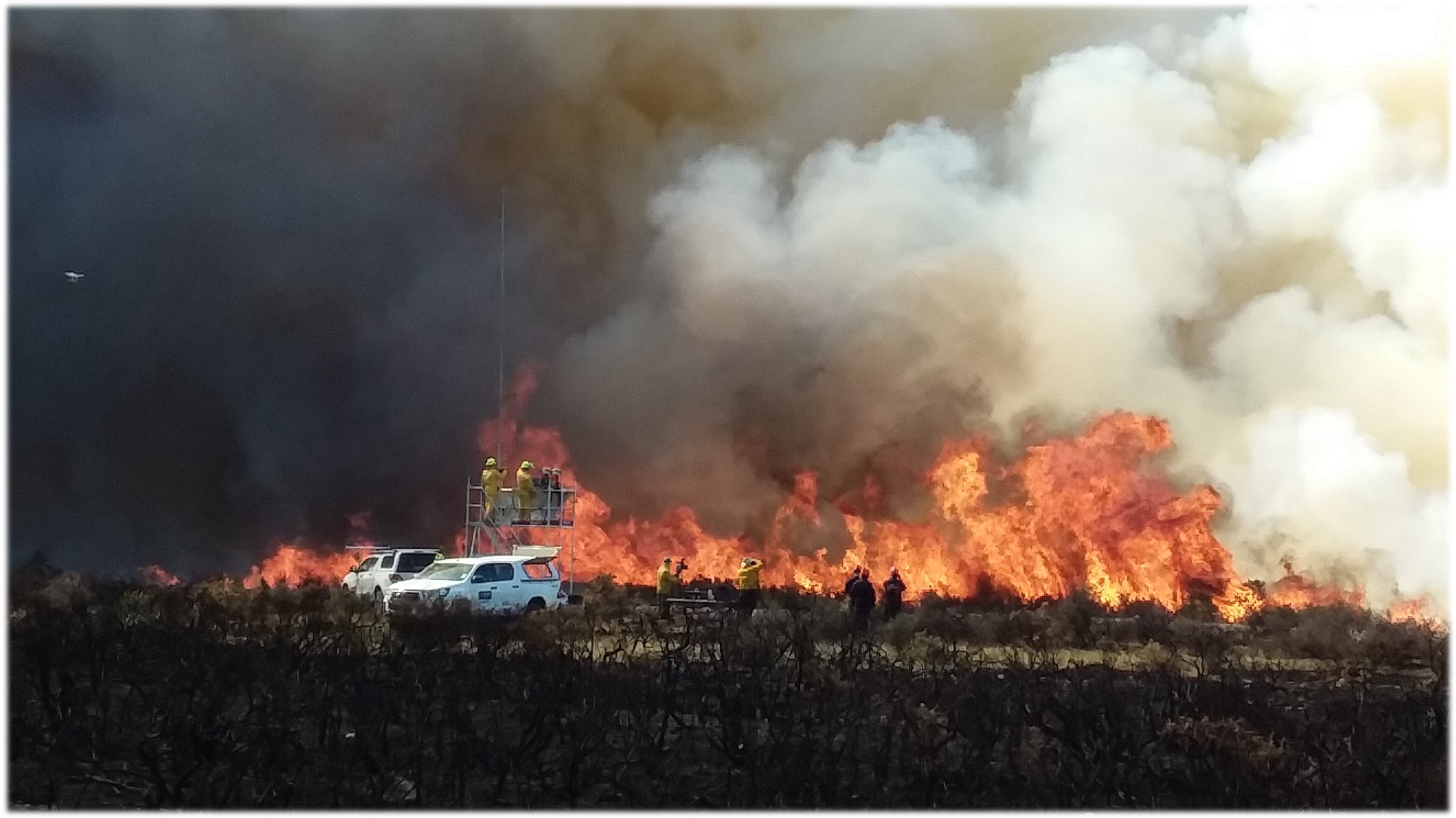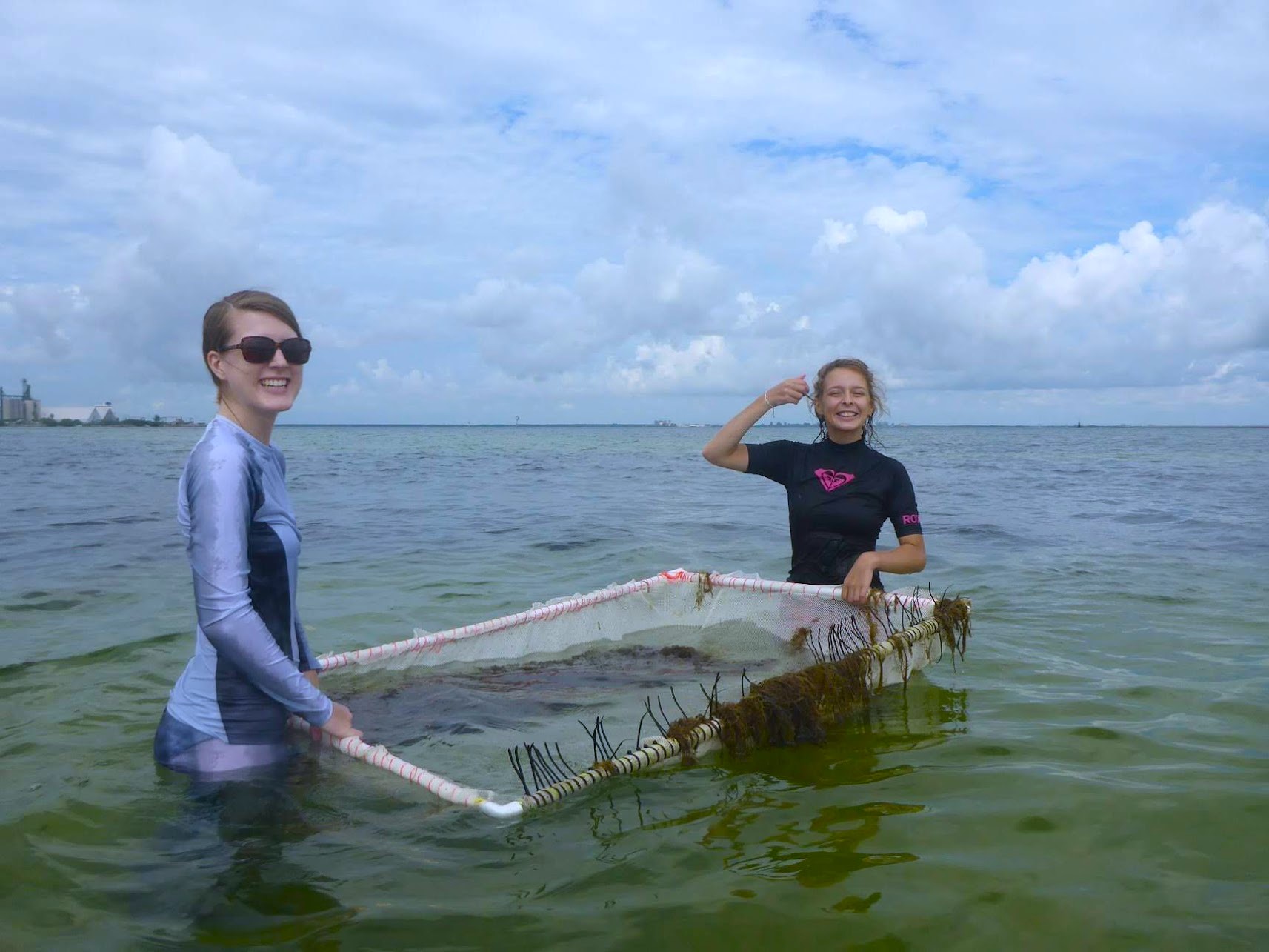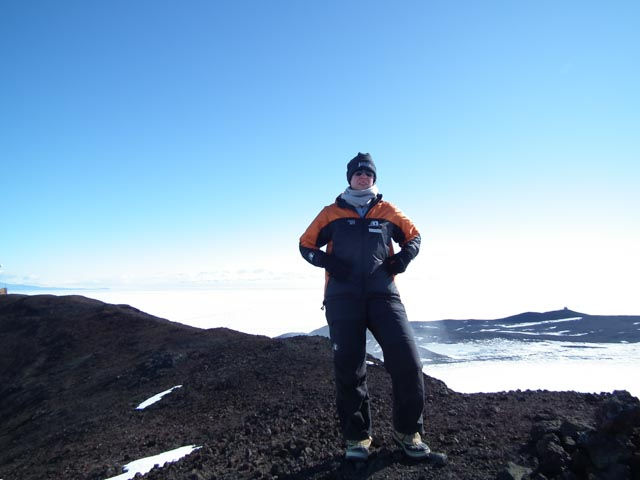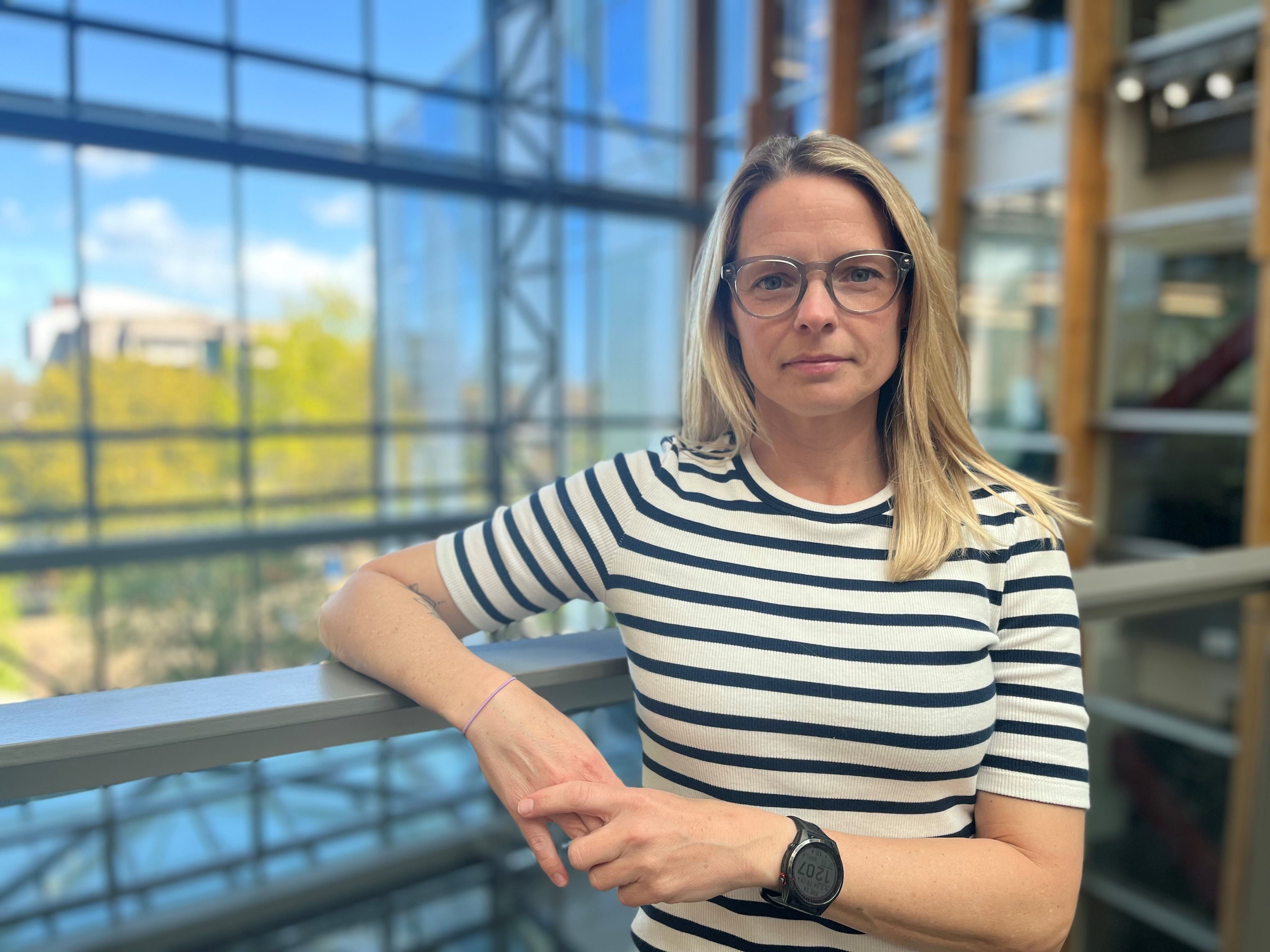Associate Professor Gavryushkin says that “in Aotearoa New Zealand, agriculture is important for our economy and forms the basis of our global exports. If a highly contagious viral infection such as foot and mouth disease (FMD) were to arrive here, the cost could be upward of $16 billion, likely throwing the national economy into a recession.”
When it comes to such biosecurity threats, he says making more accurate predictions about where an outbreak may spread is essential, so that policymakers can speed up their decisions. He is collaborating with the University of Auckland’s Dr Remco Bouckaert and partners from Massey University and Ministry for Primary Industries (MPI) on a study developing a new type of algorithm — online Bayesian algorithms — to improve outbreak response times by providing far more precision and accuracy.
“One of the main things policymakers and scientists need from algorithms in an outbreak is to provide explainable and actionable uncertainties,” Associate Professor Gavryushkin says. “The current algorithm system presents policymakers with only one scenario, based on it being statistically the most probable. For example, it might be 60 percent likely that Farm A directly infected Farm B, and that is the avenue policymakers start to investigate.
“However, Farm A might have infected Farm C, then Farm C infected Farm B, and that was 30 percent likely, but the point estimate algorithm didn’t present this as a possibility as it wasn’t the most likely scenario. Responding under the assumption that there was no Farm C can have massive consequences. We’re developing new algorithms to present a range of possible scenarios that collectively account for close to a 100 percent chance,” Associate Professor Gavryushkin says.
The research is focused on developing these algorithms in a way that allows them to update results in real-time and doesn’t require re-starting all computations from scratch when increasing amounts of new data come in. Instead, it will revise previous computations and update the predictions as required.
Associate Professor Gavryushkin says that currently known algorithms for transmission tracing aren’t equipped to deal with a lot of new data constantly coming in, which is typical in an unfolding outbreak when the transmission tree gets bigger and bigger very quickly.
“Once we have this efficient infrastructure for biosecurity algorithms in place, we will be in a far better position to prevent problems further down the track by doing the difficult, time-consuming pre-computations early on, including before outbreaks start and in parallel to them,” he says.



